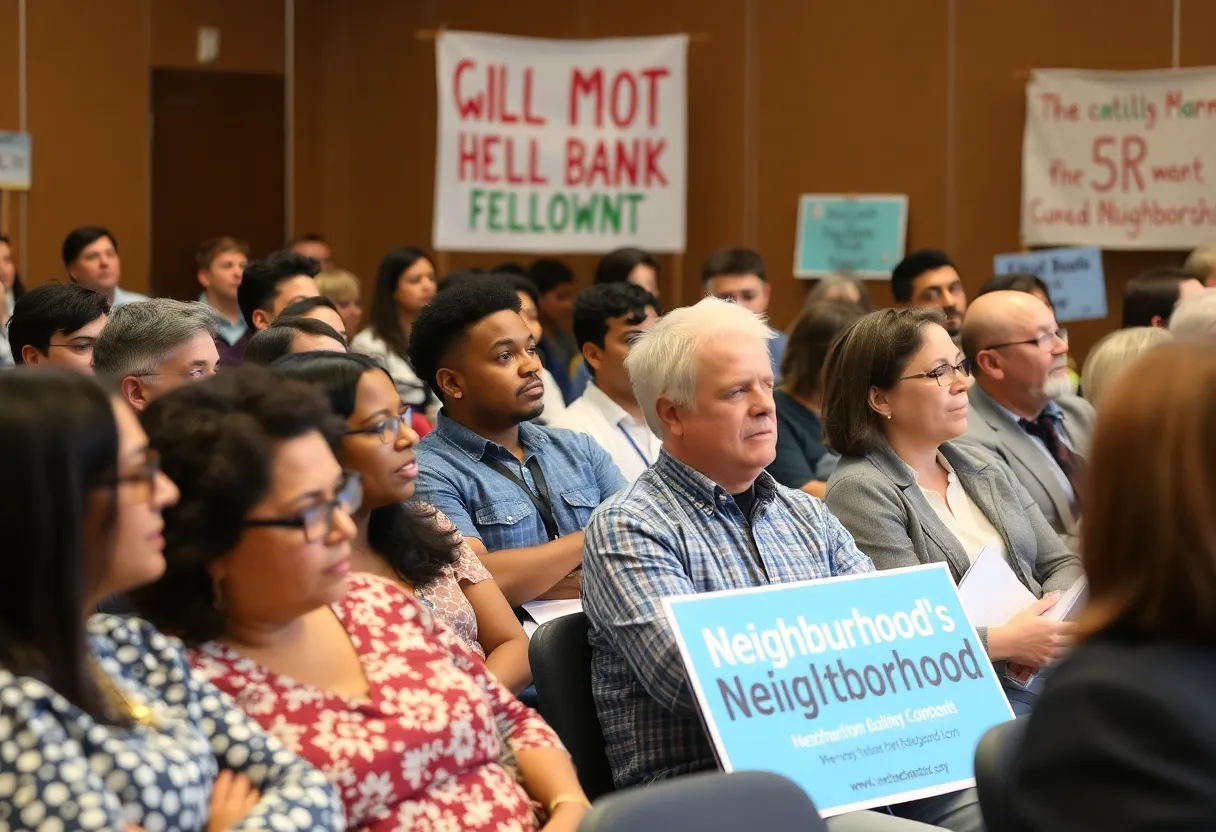News Summary
California’s public broadcasting system is severely affected by federal funding cuts, resulting in a loss of $3.4 million for LAist and threatening nearly 35 stations statewide. With the Corporation for Public Broadcasting’s funding rescinded, many outlets face layoffs and programming reductions. Smaller broadcasters, heavily reliant on federal support, risk closure, while larger stations also brace for significant budget shortfalls. As the impacts unfold, community-favored locally produced programs are at risk, jeopardizing critical news services and emergency information vital for rural audiences.
Los Angeles, CA – Federal funding cuts enacted by Congress are set to severely impact public broadcasting in California, leading to a loss of $3.4 million for LAist and affecting nearly 35 broadcasting stations across the state. This drastic move follows the signing of a law by President Donald Trump that rescinded $1.1 billion in funding for the Corporation for Public Broadcasting (CPB), which oversees federal support for public media.
The magnitude of these cuts is expected to force California broadcasters to implement cost-saving measures, potentially leading to staff layoffs and reductions in programming quality. With the loss of federal funds, many smaller public broadcasting stations, which heavily depend on financial support, are now threatened with closure, while larger stations are also bracing for substantial budget shortfalls.
KEET-TV, a PBS affiliate based in Eureka, faces a staggering $847,000 deficit, almost half of its operating budget, jeopardizing its ongoing viability. Similarly, NPR member station KZYX has seen its operating budget reduced by 25%, amounting to a cut of $174,000, which will likely limit its capability to provide in-depth news coverage. Other stations such as KCBX, which serves approximately 45,000 listeners, will lose $240,000, hindering its ability to deliver local news and critical emergency alerts in times of need.
The financial impacts extend beyond specific budget numbers, as locally produced programs—often considered a hallmark of public broadcasting—are anticipated to bear the first brunt of these cuts. Producing unique, high-quality content is costly, and stations will find it increasingly difficult to justify these expenses without the necessary funding. KVCR in the Inland Empire, for example, anticipates an annual funding loss of $550,000, endangering its regional news coverage and further reducing the breadth of services available to its audience.
Larger stations are not immune to the fallout either. KQED in San Francisco is facing an almost $8 million loss in funding, which will complicate existing financial predicaments and challenge their core mission. Radio Bilingüe, a key Spanish-language broadcaster, is set to lose $300,000, resulting in the halt of planned construction for new stations aimed at better serving rural communities that struggle with access to media resources.
As the ramifications of reduced federal funding become more apparent, the CPB has indicated a winding down of its operations, leaving many broadcasters seeking alternative funding to maintain their services. However, they acknowledge that finding new financial resources will be a significant challenge while navigating the complexities of public media funding.
Public broadcasting organizations play an essential role in delivering crucial emergency information, particularly in rural areas. Community members depend on these stations for timely updates, and the cuts threaten their capacity to relay safety news when it matters most. Broadcasters across California are now left in a precarious position, as they confront the reality of minimizing staff and program offerings to survive these drastic financial shifts.
A troubling trend emerges as all nine Republican members of California’s Congress voted in favor of the federal funding cuts, leading to significant uncertainty for the future of public media in the state. Broadcasters express mounting concern over their futures and the diminishing capacity to connect with their audiences effectively. As cuts to federal support unfold, the long-term effects on local media, which serve as vital lifelines to communities, are yet to be fully realized.
In summary, California’s public broadcasting system is facing significant challenges due to recent congressional funding cuts, which will likely lead to layoffs, reduced programming, and potential station closures. The impact is widespread, affecting stations from San Diego to Humboldt County, and those reliant on federal grants are especially at risk in an ever-changing media landscape.
Deeper Dive: News & Info About This Topic
HERE Resources
Governor Newsom Condemns Trump’s $1 Billion Demand on UCLA
UCLA Faces $584 Million Funding Freeze Over Civil Rights Violation
Corporation for Public Broadcasting to Close Amid Funding Cuts
Cultural Events Illuminate Los Angeles This August
Impact of Federal Funding Cuts on Public Broadcasting in California
Congress Votes to Cut Federal Funding for Public Media
Additional Resources
- LAist: CPB Shutting Down
- Wikipedia: Public Broadcasting
- LAist: Funding Cuts in Public Media
- Google Search: Public media funding cuts
- LAist: Analysis on Media Support
- Google Scholar: Public broadcasting funding cuts
- LAist: Cuts to NPR and PBS in California
- Encyclopedia Britannica: Public Media
- LAist: Protect My Public Media
- Google News: Public broadcasting California

Author: STAFF HERE HOLLYWOOD
The Hollywood Staff Writer represents the experienced team at HEREHollywood.com, your go-to source for actionable local news and information in Hollywood, Los Angeles County, and beyond. Specializing in "news you can use," we cover essential topics like product reviews for personal and business needs, local business directories, politics, real estate trends, neighborhood insights, and state news affecting the area—with deep expertise drawn from years of dedicated reporting and strong community input, including local press releases and business updates. We deliver top reporting on high-value events such as the Hollywood Bowl summer concerts, the Hollywood Christmas Parade, film premieres at TCL Chinese Theatre, and festivals at the Magic Castle. Our coverage extends to key organizations like the Hollywood Chamber of Commerce and Visit Hollywood, plus leading businesses in entertainment, dining, and tourism that define the local economy. As part of the broader HERE network, including HERELosAngeles.com, HEREBeverlyHills.com, HEREAnaheim.com, and HEREHuntingtonBeach.com, we provide comprehensive, credible insights into Southern California's dynamic landscape.





